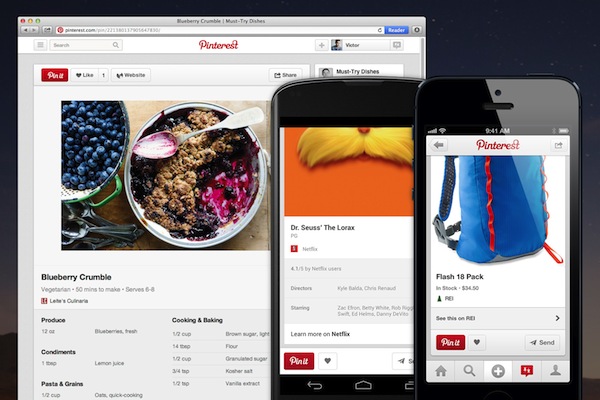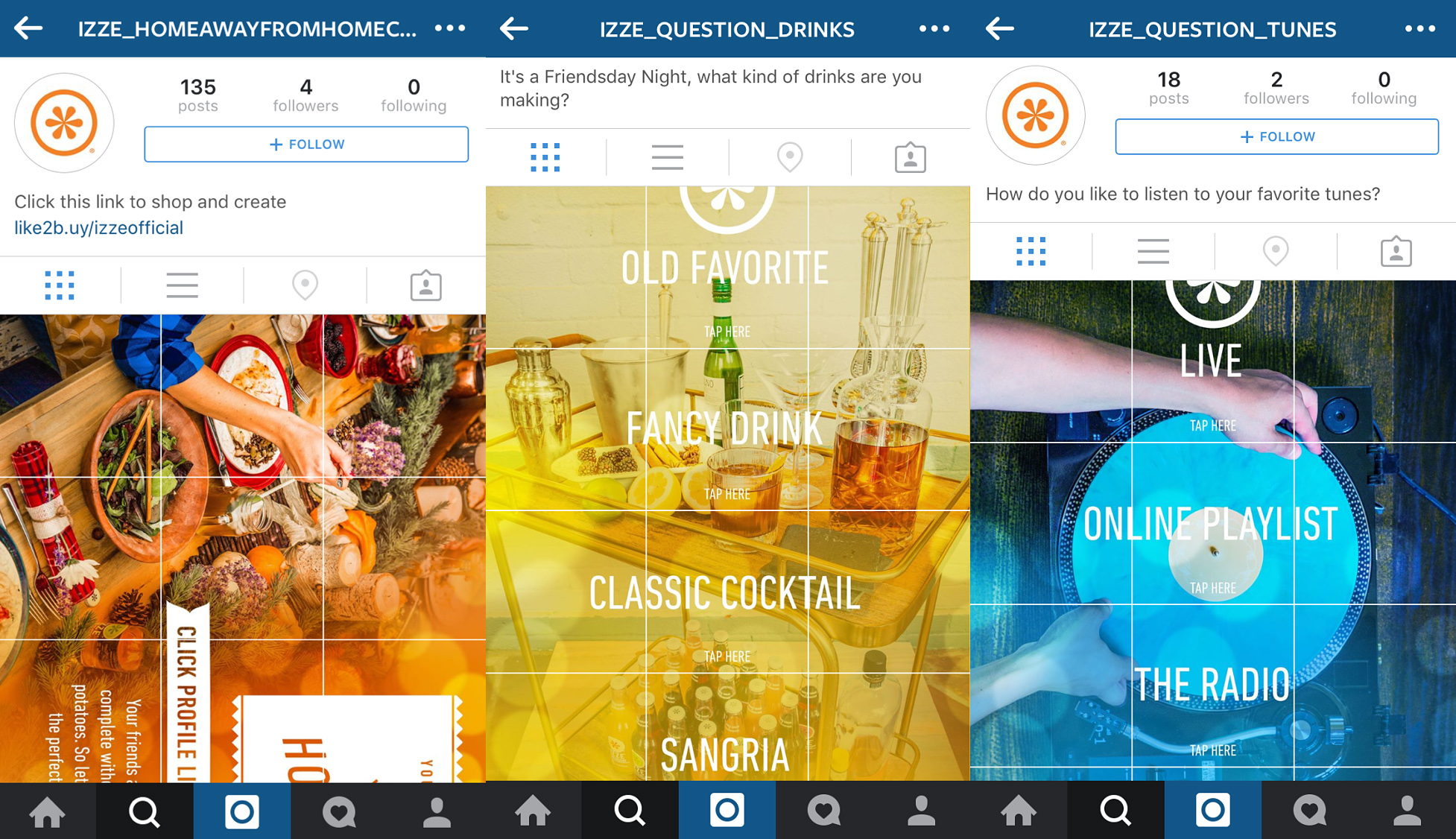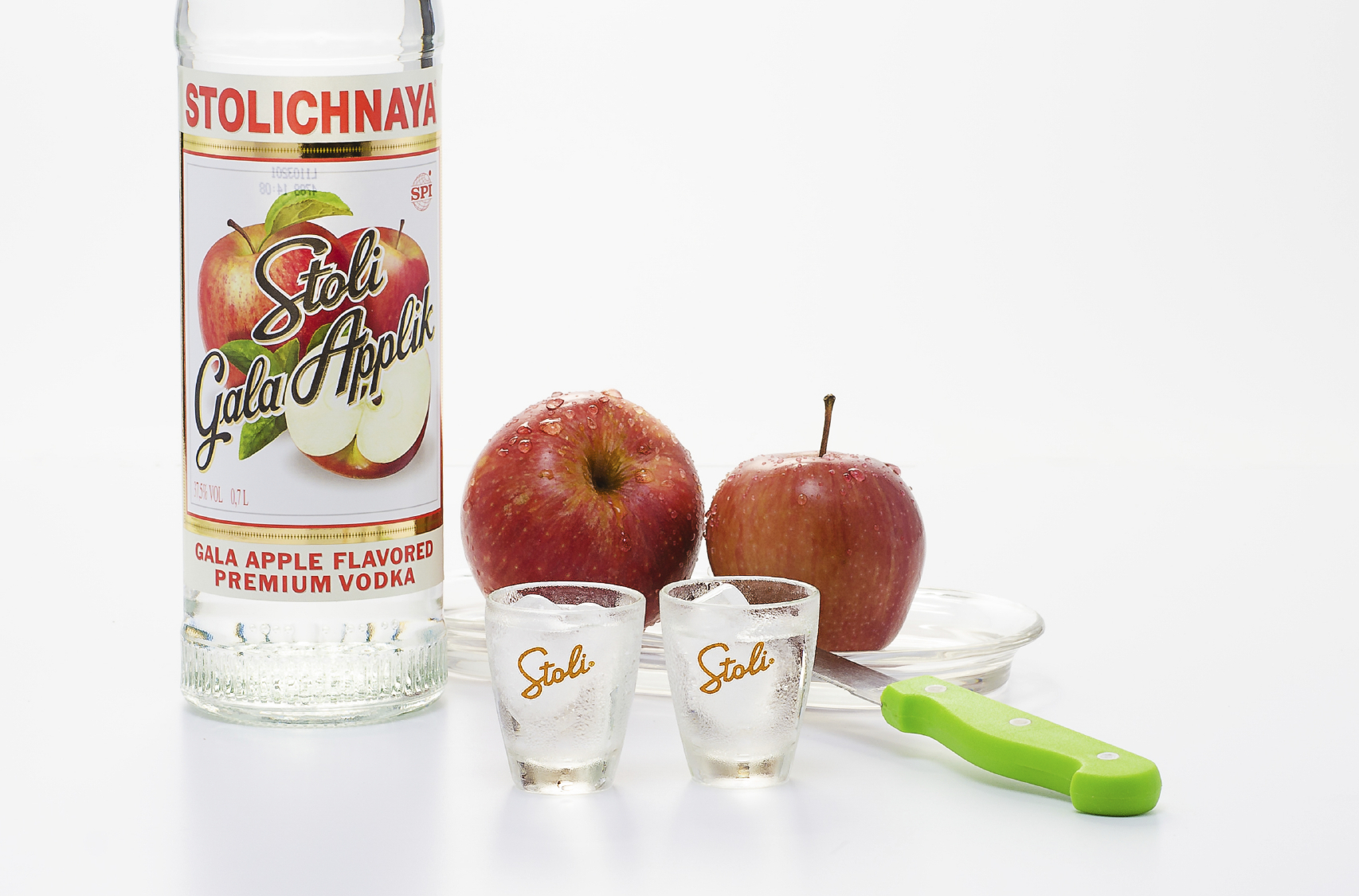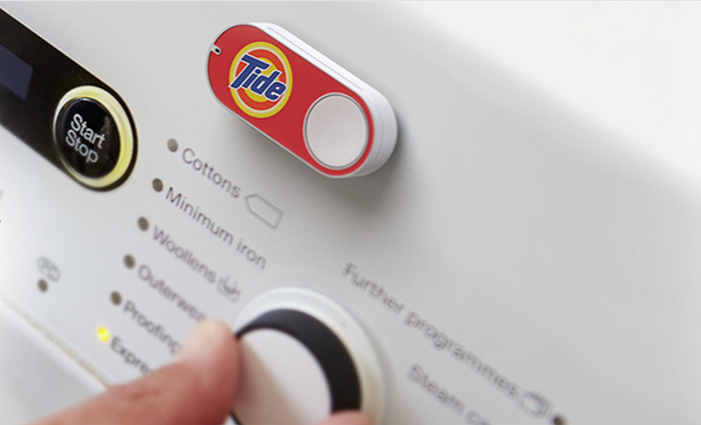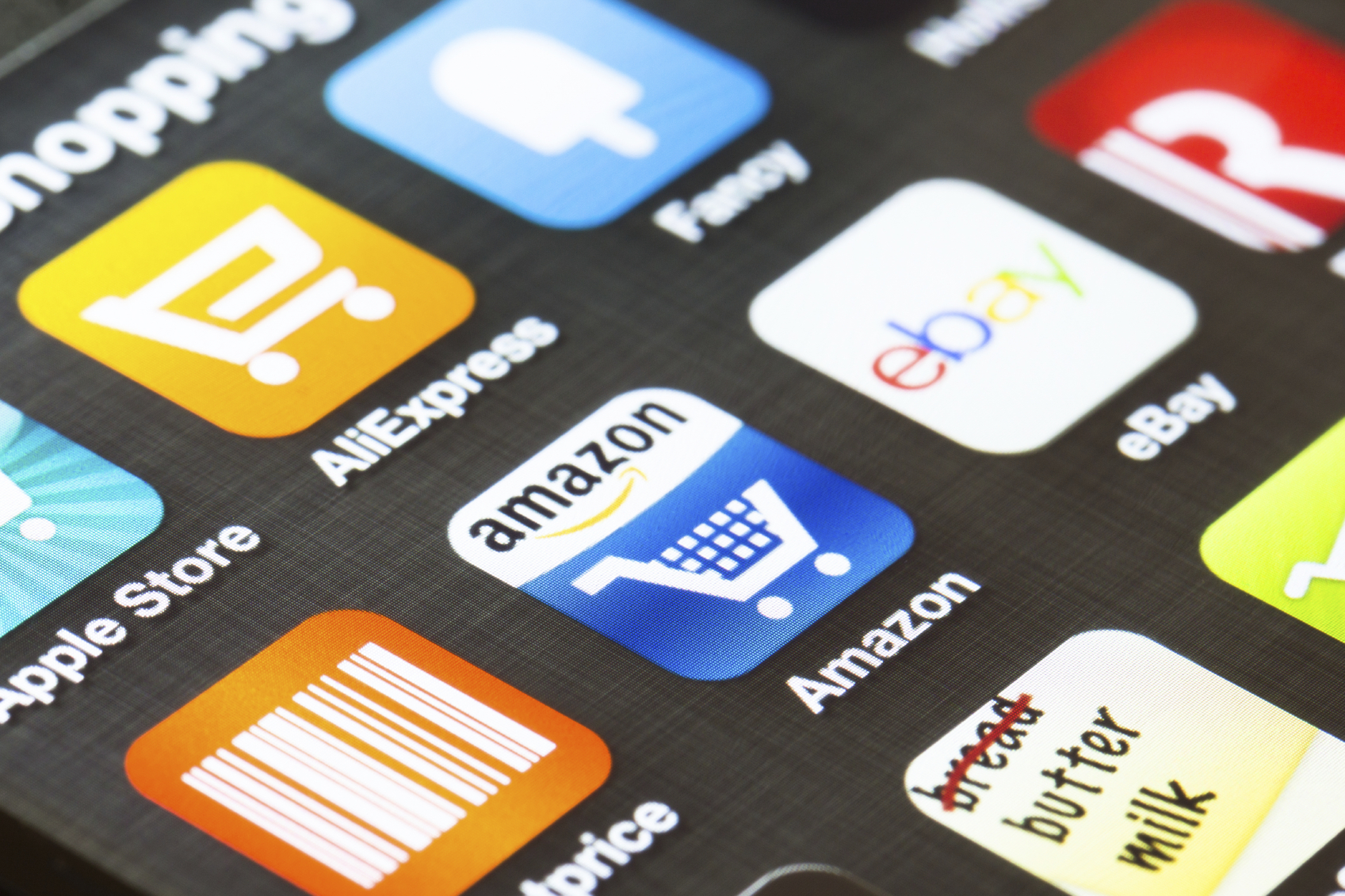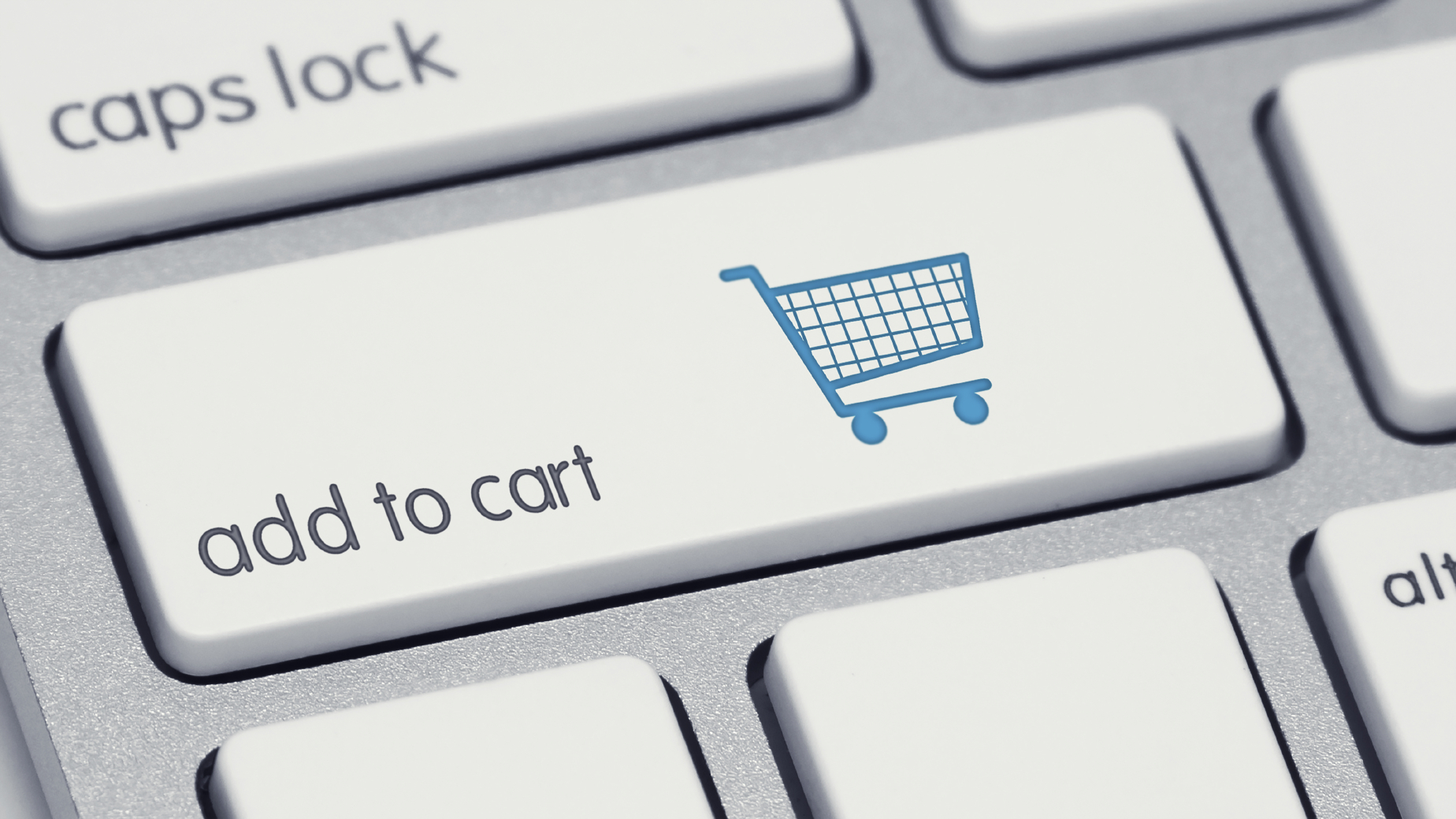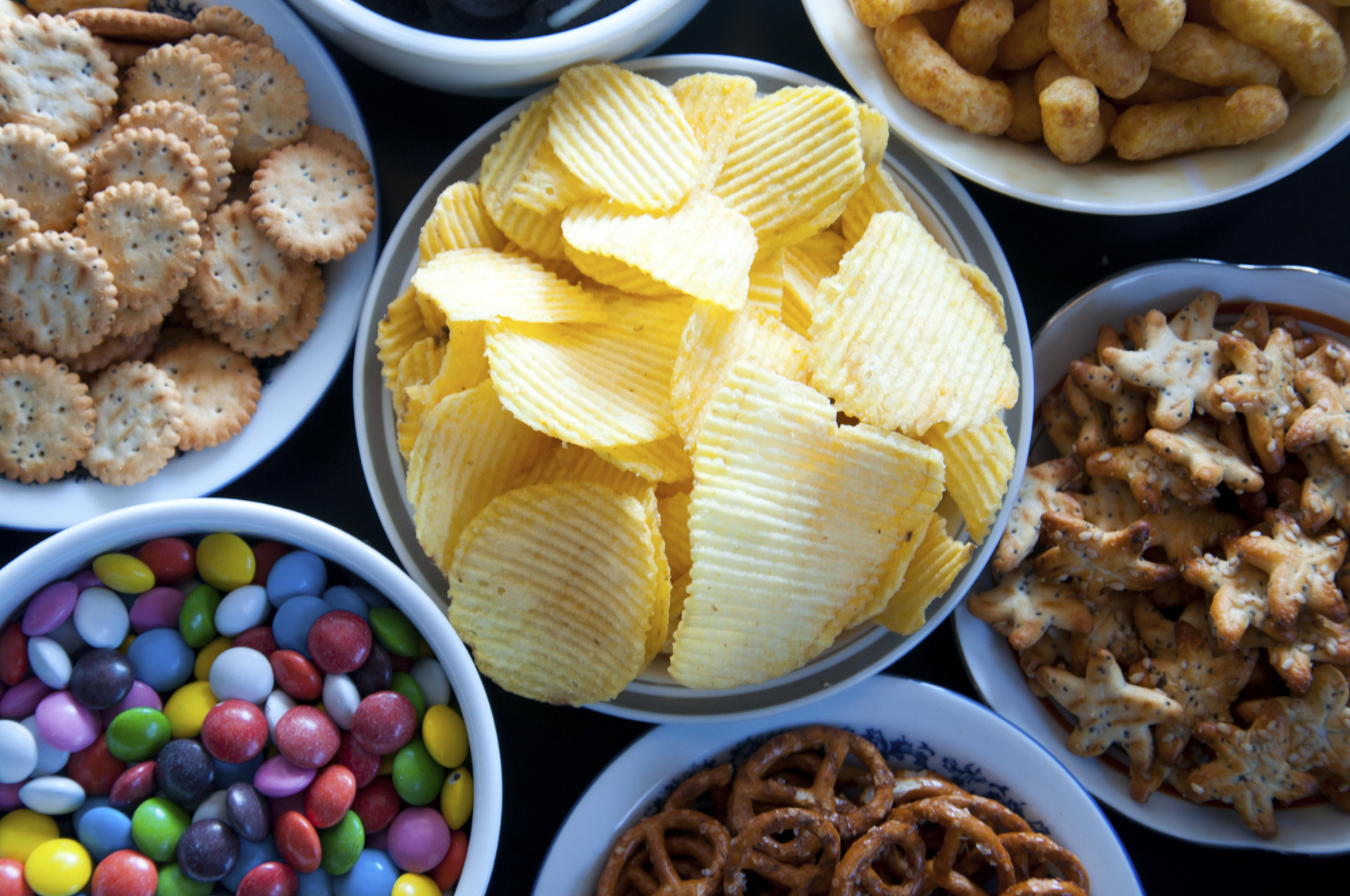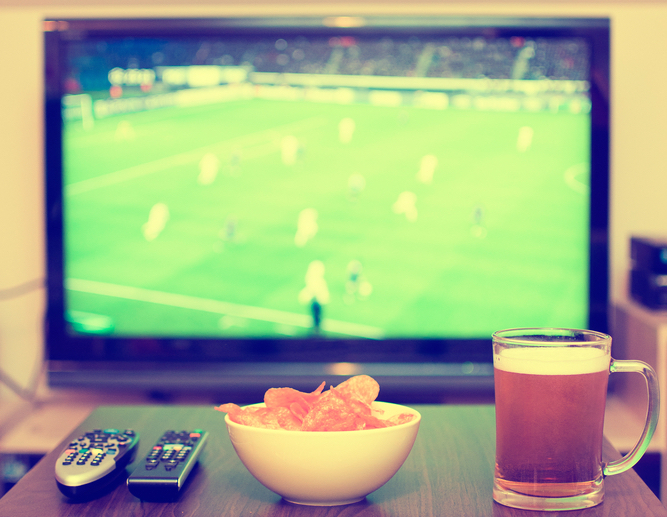What Happened
In a bid to restructure its ad sales and focus its resources on key categories that match the interests of its users, Pinterest has announced that it will slim down its ad team support to brands in retail and consumer packaged goods. Brands in other categories are still welcomed to buy ads on its site, but only through either a self-serve interface, or a third-party ad tech platform that works with Pinterest.
What Brands Need To Do
This adjustment should come as good news for brands in retail and CPG, as they can receive more attention and hands-on support from Pinterest, therefore offering them a better chance target Pinterest users. However, for brands in other verticals that have been using Pinterest as a marketing channel, the news should serve as a prompt to reevaluate their communications strategy and ad spending on Pinterest.
Source: Wall Street Journal
